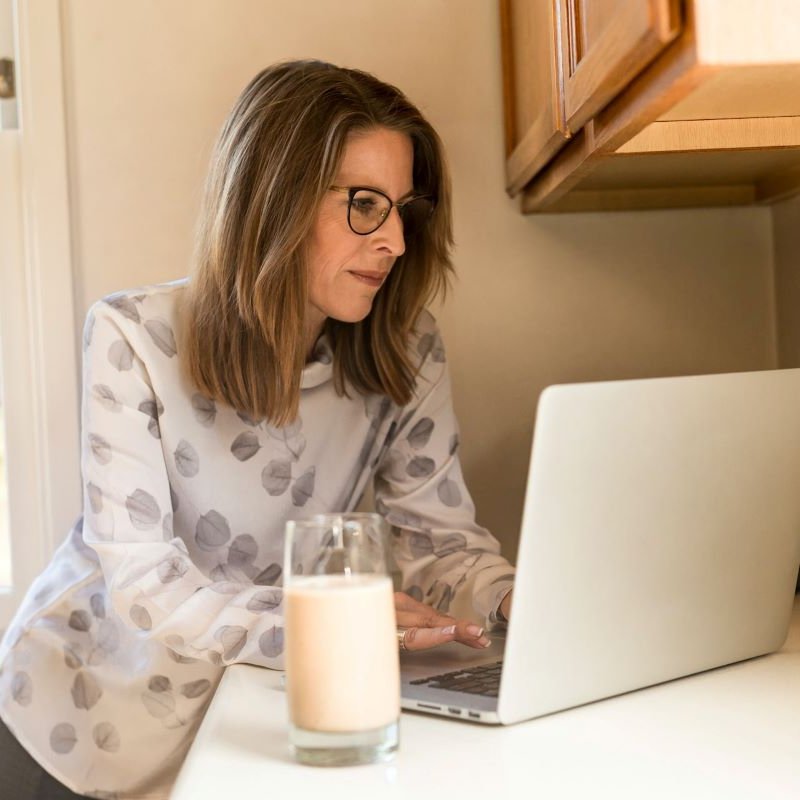Drink less – suggestions to help you cut down on alcohol

If you’re drinking heavily, it’s important to cut back gradually.
If you’re a heavy drinker stopping drinking suddenly can lead to withdrawal symptoms and other health complications. If you drink heavily and want to cut back or give up drinking, it is worth speaking to a professional who can support you through this. Either speak to your GP or follow this link to find details of national and local alcohol services. For advice tailored on cutting down for heavy drinkers, have a read of this PDF from Scottish Health Action on Alcohol Problems (SHAAP).
Change the routine – alternate your days, alternate your drinks.
Sometimes we drink because we want to, sometimes we drink because we think we should, and sometimes we drink just because it’s what we normally do. One way of getting out of this last habit is to introduce alcohol-free days a few times a week. This gives your body a bit of time to recover, it also helps you break the routine. It might be easiest to allocate specific days which are going to be your alcohol-free days and plan activities to do instead. Drinkaware have put together some ideas for drink-free days.
Another way is to alternate between alcoholic and non-alcoholic drinks. If you tend to have a few drinks in one session, this can be a really good way to slow you down. To start, you could try a no- or low-alcohol alternative to your normal drink, increasingly, you will find these options in pubs and bars. If you’re at home, you could try making mocktail versions of your favourite cocktails as one of your drink-free day activities.
Measure, reduce, and weaken the measures.
It can be helpful to keep an accurate count of how much you’re drinking, it gives you a reference point to build from when trying to cut down. If you’re out and about, this could be as simple as counting your rounds. When you’re drinking at home it can be easy to fall into the trap of pouring yourself ‘house-measures’ – this might be overfilling the wine glass or going heavy handed with the spirit’s bottle.
To keep an accurate gauge of how much you’re drinking, measure your drinks – invest in a drinks measure for the house, or even just sit your glass on a set of kitchen scales when you’re pouring. You might be surprised to find out just how big your previous measures were. You can also move to lower strength versions of your normal drink, keep an eye out for the ABV percentage. Beers in particular can vary greatly in strength, from less than 3% to more than 6 or 7%. Changing what you buy could see you halve the amount of alcohol you consume per can. Wines and spirits too come in a variety of strengths, the difference might be undetectable by taste but add up to a significant benefit.
To get an idea of what the amount you are drinking could mean, try the AUDIT self-assessment questionnaire. You can find more information on the AUDIT here.
Set limits – and stick to them
This might be a limit on how many drinks you’re going to have, how much you’re going to spend, how long you’re going to stay out for, or all three.
Reducing the window of time in which you can drink should, in theory, reduce the amount you are able to consume. You could use mealtime as your reference point by only drinking during dinner, or not having a drink until after dinner. If you tend to drink more at the weekends or your days off, maybe you start at lunchtime or in the afternoon, try not having your first drink until the time you would have had it on a working day. If this applies to you, it could be beneficial to plan in something to do with your time to keep you occupied.
Another way to limit how much you drink in the house is simply to limit the amount of alcohol you buy. Don’t be tempted to stock up when you see a good offer. Keep the cupboards stocked with non-alcoholic alternatives. This could be no- or low-alcohol beers and wines or a selection of nice juices or teas.
When you’re out, try to avoid doing rounds as you may find you drink more than you otherwise would have. It also means you’re probably going to be keeping pace with the fastest drinker of the group, which might not be great if you’re trying to stick to a limit.
One of the big shifts in recent times has been with how we pay for things, with contactless overtaking cash as the go-to for many. One drawback to this is that it may be less easy to track exactly how much you’re spending – your wallet or purse won’t be feeling any lighter after a few taps of the card. If you’re going to set a spending limit when you’re out and about, it might be worth taking that amount out in cash and stopping when it runs out.
Pace yourself
When it comes to drinking, we all know the importance of pacing yourself. Well, when it comes to not drinking, pacing yourself could be equally important. As with any change in life, failed attempts can be disheartening and can put you off trying again. We’ve given you a lot of suggestions in this article of different things you can try to help you cut down. You don’t need to try them all and you certainly don’t need to try them all at once. The important thing is to figure out what is going to work for you; what changes you can make that you will stick to. If you find you manage to cut back for a while and then lapse back into old habits, don’t give up.
Related
Most popular

Welcome to the Hub. We hope you’ll find the support you’re looking for. To help us improve the site and make it relevant to you, please take a minute to answer a few quick questions. Thank you.
Give us feedback









